Simon Vielma got into the entrepreneurship game when he was 18, experimenting with different business ventures over the years with varying degrees of success.
He eventually found success when he started his finance site Money Ranger, and went on to grow his portfolio with additional sites in other spaces and build a team.
Today, with just 7 people on his team, he’s hitting major revenue goals – earning $250k/month. Check out this interview for a closer look at Simon’s strategy and future plans.
Keep reading to find out:
- How he got into building digital businesses
- How his finance site came to be
- Where his income is coming from
- What other sites he owns
- What unique marketing strategy he uses
- His thoughts on SEO
- His approach to keyword research and link building
- How he creates content
- The resources and tools that he uses
- His main challenge
- His greatest accomplishment
- His biggest mistake
- His advice for other entrepreneurs
Meet Simon Vielma
I was born in Venezuela, but pretty much grew up in the US. I came to the States when I was still a minor, fresh out of high school.
I studied computer science and economics and graduated in 2005. I’ve been building digital businesses since the age of 18.
It’s been quite the adventure with digital businesses over the years, starting from scratch and seeing where the journey takes me.
My very first gig was this online space for car sales ads in Latin America. Picture this: big players were charging folks like $30 to $50 just to list a car for sale, and here I was, the new kid on the block, trying to convince people to pay $10 for the same thing on my site.
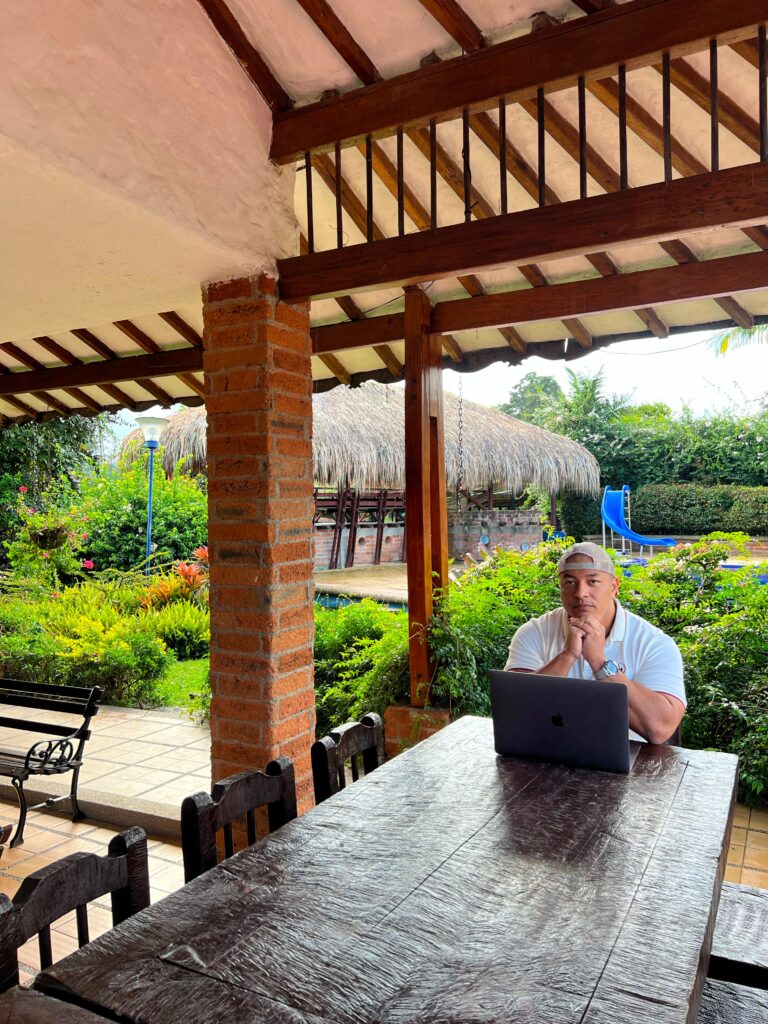

It didn’t take long to see that wasn’t going to fly; people would rather stick with the big sites because their cars would sell faster.
So, I flipped the script and decided to let everyone list their cars for free. They can’t compete with free, right?
But, of course, I had to figure out how to make some money out of it because, well, bills don’t pay themselves. That’s when I stumbled upon the whole Adsense and affiliate marketing game.
By plastering ads around the site, I started to rake in some cash without having to charge for listings.
This whole experience was like my trial by fire into the world of digital businesses.
Some of my ventures did well, while others… Well, let’s just say they were learning experiences.
Each one, hit or miss, taught me something new and kept me on my toes. It’s been one heck of a ride, learning to roll with the punches and adapt to whatever the digital world throws my way.
Why He Created One of His Sites
So, Money Ranger is part of this cool digital empire we’re building at Bidwise. The way we got MoneyRanger is pretty wild.
We snagged the domain at an auction for just $7,500. It was from a magazine that had gone under, but its Google ranking was still solid.
We saw an opportunity in the financial space, flipped the site in two weeks, and bam, one of our articles started pulling in $1,500 a day from credit card recommendations.
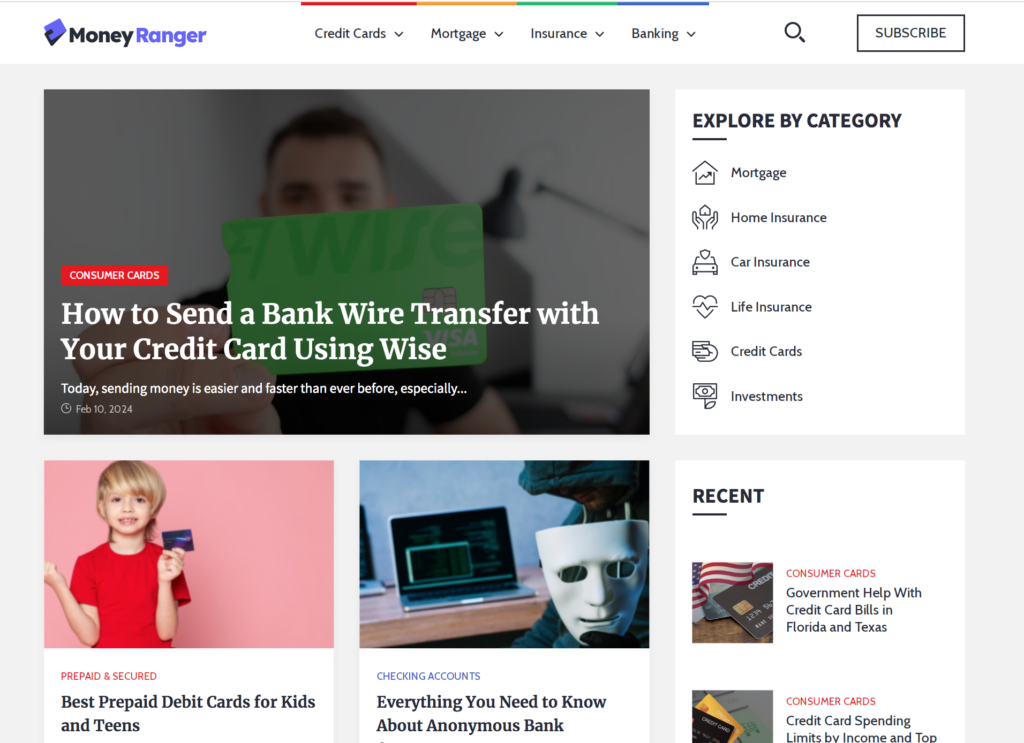

We bought the domain in June of 2021, right in the middle of the pandemic and I bought it on GoDaddy auctions.
You have to become a member and pay a small membership fee, and they let you bid on domains that are about to expire.
The one tip I can give you is, you have to try to find something that has a domain authority that can be preserved. Something that hasn’t been offline that long.
How Much He’s Earning
We’re a bit hush-hush on the exact numbers for each site, but as a whole, we’re cruising at a $3 million yearly revenue run-rate, or $250k/month.
We’re aiming for $10 million by year’s end as we consolidate all of our niche sites into a mega site called Top-Best.
Bidwise kicked off in 2016 with $150k in revenue, hit $1.1 million in 2017, and after a bit of a plateau around the $2m mark for several years, we’re gaining speed again thanks to some long-term projects paying off.
We even made the Inc. 500 with a growth rate that’s through the roof.
As for Bidwise, we started building websites that got organic traffic from Google and, over time, advertisers would reach out to us asking us to sell them ad space on our site.
So we built Bidwise to kind of manage those requests and let advertisers create their own campaigns and bid for our traffic in an efficient way.
We have 4 main websites in our portfolio: Money Ranger (finance and credit), Apprenda (tech & cloud), Top-Best (reviews for all kinds of products), and SuperOffers (deals and price comparison)
Our network handles over 6 million monthly visitors, and we process about 100,000 affiliate clicks daily across our top 4 properties mentioned above.
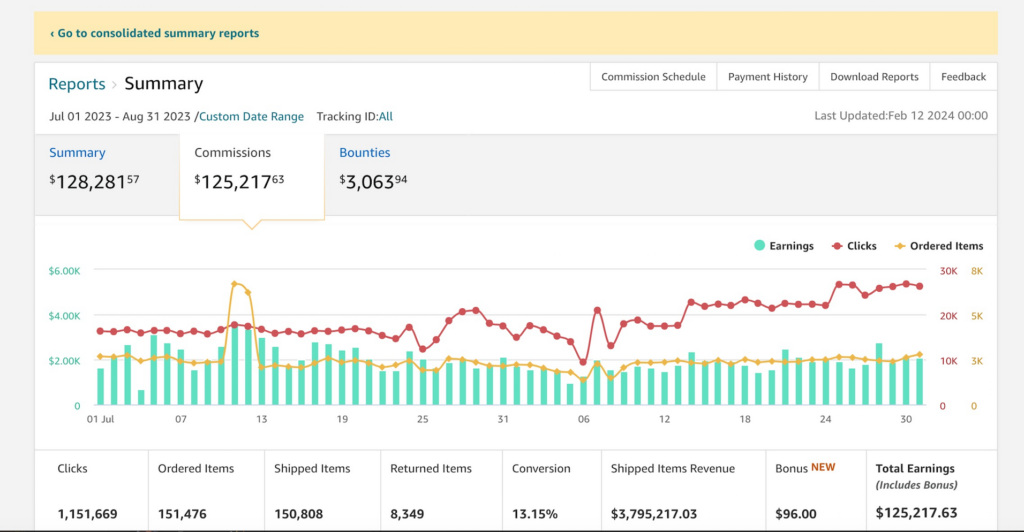

Personally, the amount of work I do varies. Some days are 18-hour days, and some days I don’t work at all. I think most of my team members can say the same.
It’s a very flexible and autonomous work environment, and we all enjoy it.
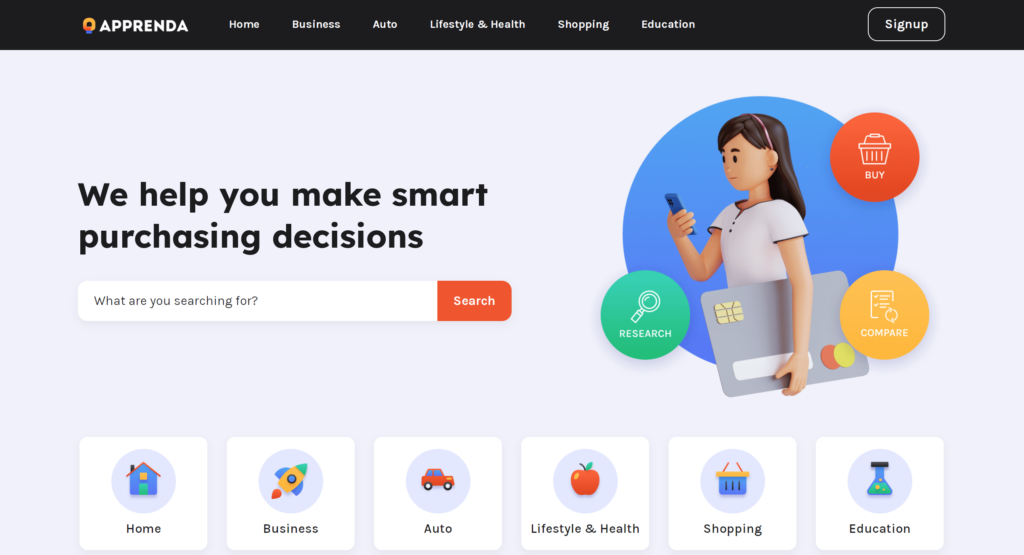

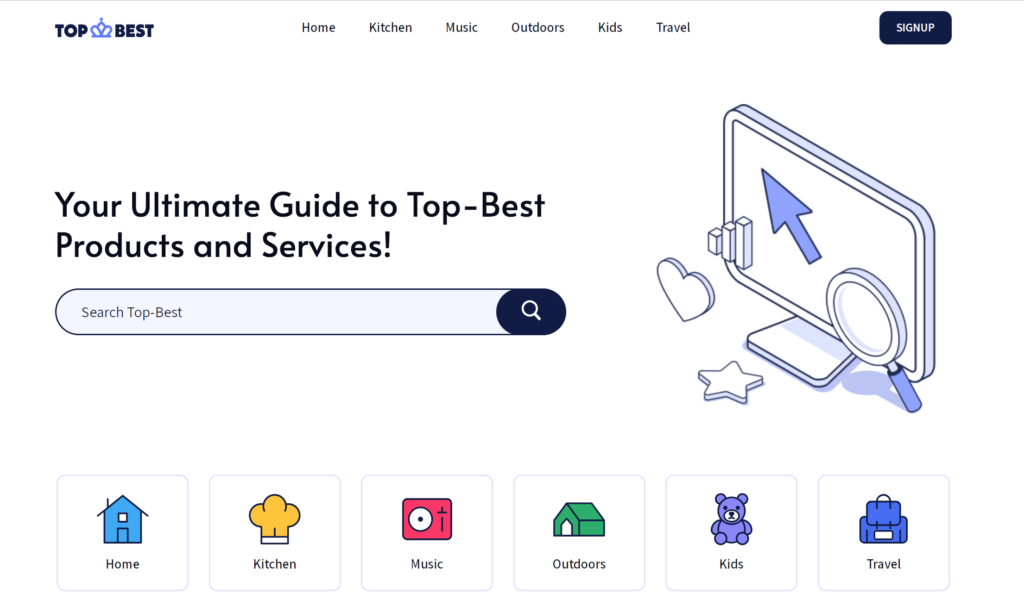

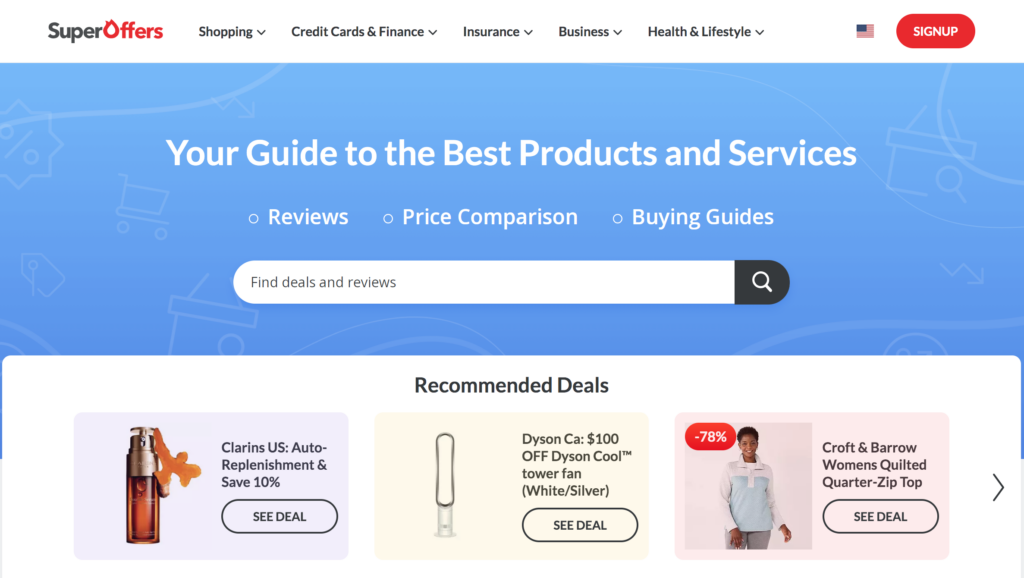

His Unique Marketing Strategy
Our marketing game is pretty unique.
We’ve got this in-house system called BART that handles monetization so our writers can just focus on creating awesome content.
BART’s really smart about optimizing for the best ROI on affiliate clicks, automatically switching to better-paying partners without us having to lift a finger.
The system integrates with all of the major affiliate networks: Awin, Rakuten, Shareasale, etc.
It measures the payout we’re getting for promoting a specific brand to a specific demographic and then picks the best affiliate network to use based on payout.
It also makes the same comparison with our direct advertisers, so if an agency comes to us looking to promote a brand such as, let’s say, Quicken Loans, we’d compare their payout with the one we are currently getting from other networks and suggest a proper bid for that traffic.
We built the entire system from scratch.


His Thoughts on SEO
SEO is our bread and butter. We’ve had our ups and downs but learned a lot along the way.
Following some of Neil Patel’s tips, we’ve focused on creating high-quality, free tools that attract backlinks naturally.
It’s about adding value and building authority without trying to game the system.
I won’t get into specifics, but you know those free calculators that Bankrate and Nerdwallet all offer the public? Well, those are the kinds of linkable assets that I am referring to that work really well for SEO.
I can give you some examples of custom-built linkable assets.
Take a look at the interactive map on electric vehicle sales we did for MoneyRanger.com here. We don’t promote those pages, we just SEO-optimize them, and the goal is for writers that are looking for stats to mention in their pieces would link to us if they find our stats relevant.
Keyword Research
Again I won’t get into the specifics because this is a very competitive industry.
The team tries to focus more on the long tail of search terms. MoneyRanger.com is in a very lucrative niche, but because it’s lucrative it attracts heavy competition from authority sites.
While NerdWallet and ThePointsGuy are writing articles on the best credit cards for travel (a very competitive term), we’re writing articles for low-volume searches like, “what’s a good credit card for a single mom.”
We use Ahrefs primarily for this.
Link Building
We do almost no link building because doing this wrong can trash your sites. It’s risky. It’s best to create very good linkable assets and watch your organic links grow.
His Content Creation Process
For Money Ranger, we’ve got over 1,000 articles live, starting with either keyword research or advertiser demand. Our focus is to provide valuable content that meets our audience’s needs while supporting our financial objectives.
We have 3 people in the content team in-house and we work with another 10 or so freelance writers. We don’t use AI to write articles, but we do use it for research.
There were over 300 old posts on the site when we bought it but we deleted most of them since we heard it can sometimes do more harm than good to have posts that aren’t ranking at all.
His Favorite Resources and Tools
The Income School YouTube channel helped us a lot with the organic part of our business, and following Neil Patel on all of the social channels is also a must.
As for my favorite tools, they are Slack, Github, and GSuite. We could run the entire company with those 3.
Slack is probably the most useful because it’s our communication hub. It’s not just for chatting within the team; we’ve also got it set up so we get automatic updates right in Slack.
Like, whenever someone drops us feedback, boom, it shows up in Slack. It’s super handy for keeping everyone in the loop without clogging our inboxes.
Simon’s Biggest Challenge
Getting the right people on board has been tough. It’s super important to have a great team, right?
But with prices going up everywhere and big companies throwing crazy money at developers, it’s been a challenge.
Still, we’ve managed to grow our team without just throwing money around, which is pretty cool.
My advice for others would be not to compromise on hiring. If you find that a candidate isn’t the right fit for any reason but you are in desperate need of help, it’s better to keep looking, find a way to automate or do without until you find the right person.
Never compromise.
His Greatest Accomplishment
Honestly, being able to pay my team well and competitively has been amazing. We started out young, just a bunch of friends with a dream, no kids or big responsibilities.
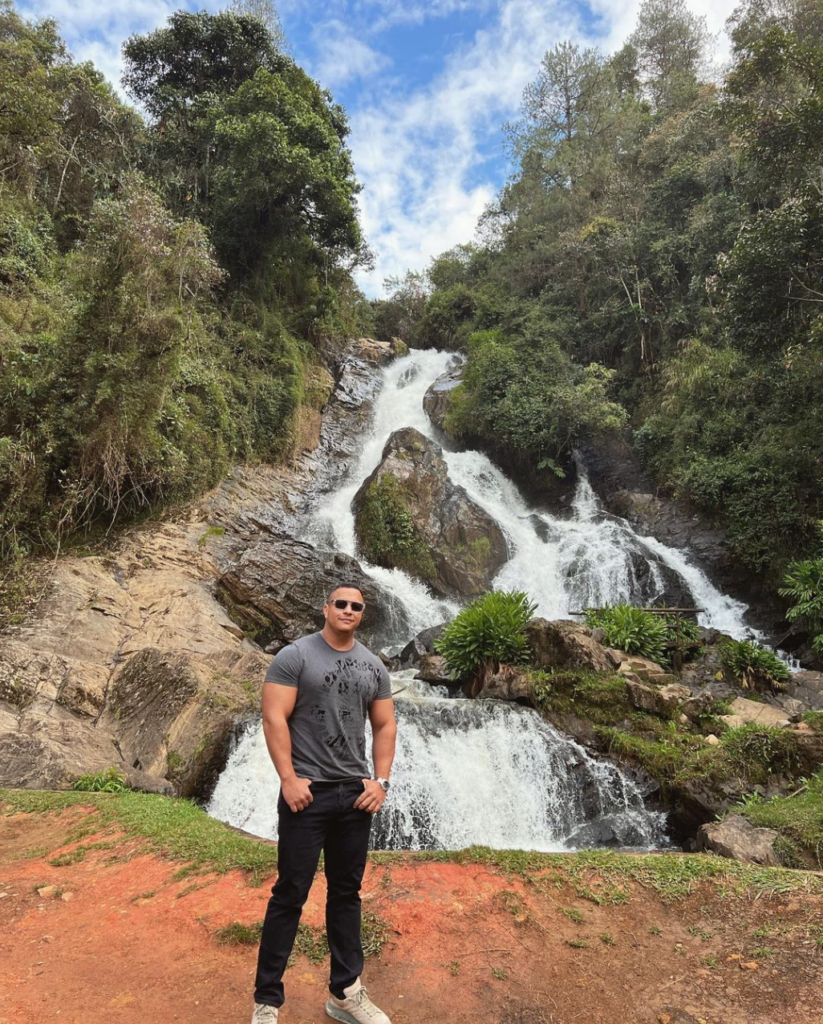

Now, a lot of us have families that we’re supporting through what we built together, and that feels really good. It’s like we’ve all grown up together through this adventure.
What He Wishes He Knew When He Started
Oh, a ton of stuff. But if I had to pick one, it would be about the money side of things.
I wish we’d been more on the ball with tracking everything right from the start. Now, we’re pretty much obsessed with metrics and measure everything you can think of.
We started tracking a lot more when we started automating our media buying.
As I mentioned before, not all of our traffic is organic, some of it is paid, and we had to figure out what campaigns were making us the most money and how much.
To track metrics we use the custom software that I mentioned earlier (BART) and the most important metrics are growth vs. the same period and margins.
His Main Mistake
Where do I start? I think one of the biggies was thinking everything would happen quickly. It’s been a slow and sometimes rough ride, but those tough times taught us a lot.
Growth took off in the first two years and then we got stuck for another three years at almost no growth.
When growth plateaued, it was because we were in a building phase, we were building the tools that would allow us to grow, such as the ad platform and the business intelligence software.
His Advice for Other Entrepreneurs
If you’re not up for a bit of a rough ride, maybe think twice.
Starting your own thing is tough, and it’s definitely not for everyone.
You’ve got to be okay with a bit of suffering and a lot of hard work. But hey, if you’re into that, go for it!